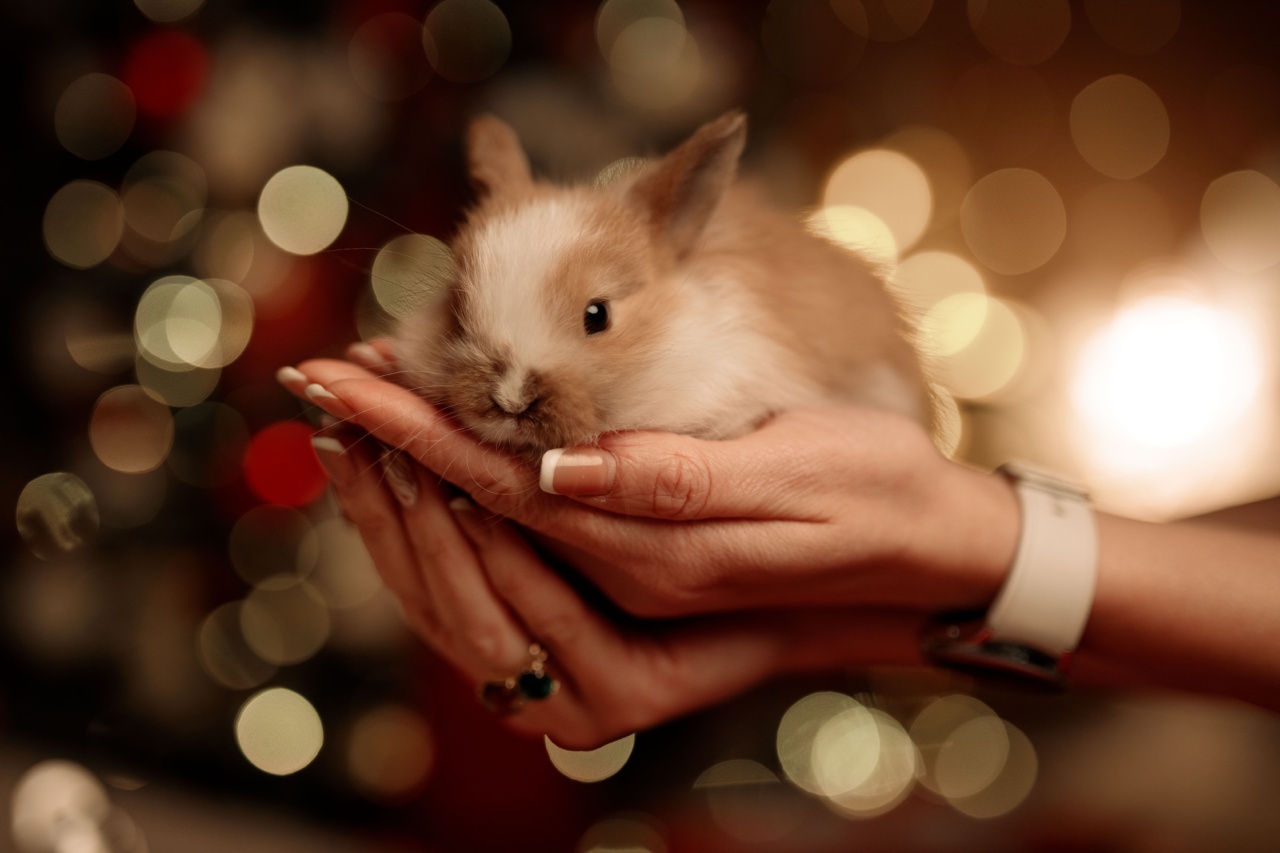The kiwi is an iconic, flightless bird that is endemic to New Zealand. It is a unique and fascinating creature that is loved by many around the world.
Kiwis are known for their distinctive furry appearance and their unusual habits which make them a delight to many bird lovers. In this article, we will explore the unique characteristics of the kiwi bird that make it a charming and intriguing avian species.
Physical Appearance of the Kiwi
Kiwis are small, about the size of a chicken, but their appearance is unmistakable. They are covered in short, coarse feathers that give them a furry appearance.
The feathers are a mottled brown in color, with streaks of light and dark that make them blend seamlessly into their surroundings. They have short, sturdy legs that are designed for walking, not flying. Their wings are so small they are barely visible, and they are incapable of flying any significant distance.
Kiwis have a long, curved bill that is useful for digging in the soil, as well as a keen sense of smell that helps them locate food. Their large round eyes are also useful for helping them see in the dark as they are nocturnal birds.
The Kiwi’s Habitat
Kiwis are found only in New Zealand, where their range extends from the far north to the southern tip of the South Island. They inhabit a wide range of habitats, including native forests, scrublands, grasslands, and even farmland.
The kiwi’s range has diminished significantly due to habitat loss and predation by introduced mammals such as stoats, ferrets, and dogs.
Nocturnal Creature
Kiwis are nocturnal birds, meaning they are active at night and sleep during the day. This behavior has evolved as a way for them to avoid predators, many of which are diurnal or active during the day.
Kiwis use their sense of smell to find their food, which consists mainly of invertebrates such as worms, spiders, and insects. They nest on the ground or in burrows, and their eggs are particularly vulnerable to predation.
The Life Cycle of the Kiwi
Kiwis are monogamous, meaning they mate for life. Once a pair has bonded, they will remain together until one of them dies. They are also territorial, defending their patch of forest or grassland against intruders.
Breeding occurs between June and March, with most chicks hatching between September and March. Females typically lay one egg, which can weigh up to 20% of their body weight. Both parents incubate the egg, taking turns to keep it warm. After hatching, the chick remains in the nest for several days before venturing out with its parents to find food.
Kiwis generally reach maturity at about 3 to 5 years of age.
Kiwis in Culture
Kiwis are an important symbol of New Zealand and its people. They are often used in branding and advertising, and their image is seen on everything from coins to clothing.
The kiwi has become so synonymous with New Zealand that it is often used as a shorthand for all things Kiwi. Kiwi culture has also had an impact on the world stage, with many international artists and musicians drawing inspiration from New Zealand’s unique and vibrant culture.
Conservation Status of the Kiwi
Like many indigenous species in New Zealand, the kiwi is under threat from habitat loss and predation by introduced species. There are currently five species of kiwi, all of which are endangered or vulnerable.
The Department of Conservation in New Zealand has implemented a range of measures to protect the kiwi, including habitat restoration, predator control, and captive breeding. Many local conservation groups also work to protect kiwi populations in their areas. Despite these efforts, the future of the kiwi remains uncertain, and its survival will depend on continued conservation efforts and public awareness.
The Future of the Kiwi
The kiwi is an iconic and beloved creature, and its future is of great concern to many New Zealanders. While the challenge of preserving the kiwi and its habitat is a significant one, there is hope for the future.
The Department of Conservation and local conservation groups are working tirelessly to protect kiwi populations, and New Zealanders are becoming increasingly aware of the importance of preserving their unique biodiversity. With continued effort and support, the kiwi has a fighting chance to thrive in the years to come.































